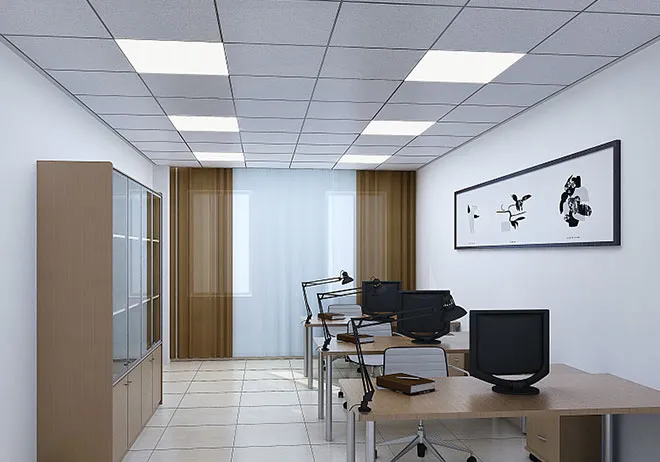- Afrikaans
- Albanian
- Amharic
- Arabic
- Armenian
- Azerbaijani
- Basque
- Belarusian
- Bengali
- Bosnian
- Bulgarian
- Catalan
- Cebuano
- Corsican
- Croatian
- Czech
- Danish
- Dutch
- English
- Esperanto
- Estonian
- French
- German
- Greek
- Hindi
- Indonesian
- irish
- Italian
- Japanese
- Korean
- Lao
- Malay
- Myanmar
- Norwegian
- Norwegian
- Polish
- Portuguese
- Romanian
- Russian
- Serbian
- Spanish
- Swedish
- Thai
- Turkish
- Ukrainian
- Uzbek
- Vietnamese
Des . 23, 2024 00:20 Back to list
concealed ceiling access panel
Concealed Ceiling Access Panels The Unsung Heroes of Modern Architecture
In contemporary architecture and interior design, the focus often lies on aesthetics, functionality, and innovative elements that enhance user experience. Among these elements, concealed ceiling access panels serve as an unsung hero—providing crucial access points without compromising the sleek design of a space. This article delves into the importance, benefits, and considerations involved in the selection and installation of concealed ceiling access panels.
Understanding Concealed Ceiling Access Panels
Concealed ceiling access panels are designed to provide access to crucial infrastructures, such as plumbing, electrical systems, ductwork, and insulation hidden above the ceiling. Unlike traditional access panels that might protrude and disrupt the visual flow of a ceiling, concealed panels blend seamlessly with the surrounding surface. They can be painted or finished to match the ceiling, making them virtually invisible when closed.
Importance of Concealed Ceiling Access Panels
Accessibility is an integral part of building design. Concealed ceiling access panels play a vital role in allowing maintenance personnel and technicians to reach essential building systems without intrusive renovations or unsightly disruptions. This is especially important in commercial settings such as office buildings, hospitals, and schools, where ongoing maintenance is necessary to keep operations running smoothly.
Moreover, maintaining a clean and unobtrusive aesthetic is crucial in modern design. Concealed panels allow architects and interior designers to maintain their creative vision, presenting a polished and professional finish to ceilings.
Benefits of Using Concealed Ceiling Access Panels
1. Aesthetic Appeal The primary benefit of concealed access panels is their ability to maintain the visual integrity of a space. This is particularly advantageous in public areas or luxury environments where design is paramount.
2. Discreet Maintenance The ability to access hidden systems without extensive remodeling is invaluable. This efficiency minimizes downtime and associated costs.
concealed ceiling access panel

3. Versatility Concealed access panels are available in various sizes and materials, allowing for customization based on specific needs. They can be used in different installations, including drywall, plaster, and ceiling tiles.
4. Enhanced Safety With concealed panels, the risk of accidents caused by protruding access points is significantly reduced. This is crucial in high-traffic areas where safety is prioritized.
5. Cost-Effectiveness While the initial investment may be slightly higher than traditional panels, the long-term savings in maintenance and aesthetics can be substantial. Additionally, the ease of access reduces labor costs associated with repairs.
Considerations for Selection and Installation
When selecting concealed ceiling access panels, several factors should be considered. The material should be chosen based on the surrounding construction and weather conditions. Panels can be made from metal, plastic, or hybrid materials, each offering different durability levels.
Size and location are critical; panels must be large enough to provide adequate access while being strategically placed to avoid disrupting the overall design. Consideration should also be given to weight capacity, especially in commercial settings where heavier equipment may need access.
The installation process is another crucial aspect—ensuring that the panel aligns seamlessly with the surrounding ceiling structure is essential for achieving a concealed effect. Professional installation is often recommended to guarantee a perfect fit and finish.
Conclusion
Concealed ceiling access panels are more than just functional items in a building; they represent a harmonious blend of practicality and aesthetic appeal. By allowing for easy access to essential systems while maintaining the integrity of the ceiling design, these panels stand as a testament to modern architectural ingenuity. As we continue to value both form and function in our living and working spaces, the importance of such innovations will only grow.
-
Transform Interiors with PVC Gypsum Ceiling: A Stylish, Durable, and Moisture-Resistant SolutionNewsMay.19,2025
-
The Smart Interior Upgrade: Discover the Durability and Versatility of Gypsum Ceiling Access Panel SolutionsNewsMay.19,2025
-
The Smart Choice for Interior Design: Discover the Value of PVC Gypsum Ceiling SolutionsNewsMay.19,2025
-
Mineral Fiber Ceiling Tiles: The Smart Blend of Performance and AestheticsNewsMay.19,2025
-
Mineral Fiber Ceiling Tiles: The Superior Choice Over Gypsum for Sound and Fire SafetyNewsMay.19,2025
-
Mineral Fiber Ceiling Tiles: Eco-Friendly Strength and Style for Every CeilingNewsMay.19,2025







